Redleg V artists
Robert Raymond Cripps
sues artists for defamation:
Redleg Museum Services (ACN 105 986 829) sues
Demetrios
Vakras (artist)
Lee-Anne Raymond (artist)
Supreme
Court of Victoria
SCI 01484/2011
Cripps' crack legal team: Christopher Dibb & Buddy Low (Efron & Associates, Melbourne) Tao Jiang (replaced)
| 1.
Redleg Museum Services now runs RUBY'S MUSIC ROOM ,
Registration number: B2409701A,
ASIC; 2. Cripps' Redleg Museum Services Pty Ltd was the respondent to objections raised in VCAT regarding his Ruby's Music Room; 3."The team behind one of Melbourne’s much loved galleries and performance spaces, Guildford Lane Gallery are very proud to present Ruby’s Music Room." http://rubysmusicroom.tumblr.com Note: Redleg runs Ruby's Music Room, and in the past ran Guildford Lane Gallery. That is a simple fact. But to mention it, and make sure that we are not sued for some reason on grounds we are not aware of and have not anticipated, entails that we have to make "a bigger deal of it" than we otherwise would. It would have been simpler to just mention the fact, but by leaving it at that might be said to have been done by us out of "malice", or that it may have been wrong in fact; hence we need to show where the relationship lies between Redleg and Ruby's Music Room. Indeed, it becomes MANIFESTLY obvious that we could avoid mention of the fact and avoid any legal repercussions; self-censor; which is precisely the the outcome achieved by Australia's 2005 Defamation Act, though the act itself asserts categorically that it is not designed to "unreasonably" impinge on the right to freely impart (and receive) information (though not necessarily expressed by these exact words). |
|
The Hideous Robert Cripps Beauty in the eye of the beholder? Australian defamation law says: sue the beholder. Demetrios Vakras, 17 January 2014 The
hideous Robert Cripps is suing us to alter our
opinion of him because it conflicts with the
opinion he holds of himself.
Apparently,
we can only think highly of Cripps because he thinks
highly of himself. Australian
law has it that one party can sue another if that
party forms a negative opinion of them. The law
holds it that ONE PARTY OWN$ how another perceives
them. Australian law has it that no party can form
an idea about another without the say-so of the
party over whom they form an idea. In Australia the
legal indu$try has it that this is consistent with
the country's international legal obligations. IT IS
NOT. Australian defamation law violates Human
Rights. I have the right to hold an opinion,
regardless of whether that opinion is shared by
others, or whether it contradicts Cripps' opinion of
himself. An opinion is a belief that does not
require evidence; belief in god is an expression of
an opinion on the existence of god. In Australia
opinions constitute a legally punishable act; they
are a thought crime.
Cripps
suing us for defamation. By suing, Cripps has made it incumbent on us to prove how awful he is. We had a reasonable expectation that by providing the proofs Cripps might back down; CRIPPS WILL LOSE HIS CASE, we can demonstrate truth. Instead,
our providing proofs (evidence) means, according to
OZ law, that we have simply defamed him more
and his legal team's position has appeared to be "we
just sue harder Mr. Cripps". Every element of OZ
defamation law intends to make it possible for a
plaintiff like Crip$$ to benefit more
because the evidence that proves what they have
done, is that which defames them. And the lawyer$
who have framed $uch law$, are the one$ who $tand to
make financial gain from tho$e who utili$e such
law$, and it i$ they who will eventually $it in
judgement of ca$e$ of "defamation". The legal
indu$try is malevolent, or greedy, $elf-$erving or
$tupid and is plainly di$ingenuou$ with the lofty
claim$ they make about $uch a law. Australian
law has it that any truth which can cause a person
to become an object of ridicule, and causes others
to hold them in contempt for their actual actions,
is defamatory of them. A
former High Court embara$$ment, Michael McHugh, has
described truth as an admission to having defamed
(Dublin lecture). The existence of proofs simply
allows people to "sue harder" because it is true.
Had the truth not been made known, then defamation
cannot have happened. Simple. Suppression of
information is the only way defamation will not
occur. The Australian legal indu$try have no problem
with cen$or$hip, just a problem with hone$ty. Though
intended by the nature of its wording a$ an act of
censorship (were it intended otherwise, it would
have been worded differently), the claim is made
that the Defamation Act of 2005 is not a censorship
Act. This is intellectual di$hone$ty and obfu$catory
$ophi$m.
OZ
defamation law's intention is to achieve censorship
and allow the doer of bad acts to profit from doing
bad acts by suing those who do not self-censor and
report on those acts. This is made incontrovertibly
MANIFEST by Cripps suing over the disclaimers he
posted (fig. 0.a). Cripps posted 4 (or 3) such
disclaimers throughout our exhibition space on
Saturday 20th, or Sunday 21st of June 2009. The
gallery was open to the public during this time. We
did not find out about the disclaimers until we were
told about them, from a person who saw them on
21/6/2009. This person had told others about them
too. We had paid for the gallery to be open to the
public, and these disclaimers were available for any
visitor to see, which is why they came to be
seen by the person who advised us of them. 1)
visitors saw Cripps' disclaimer on 21/6/2009 and
formed a negative opinion of him; Cripps had, by his own actions, established himself to be of his fame by the time I wrote of him. It never took writing about his disclaimers to defame him. My writing about him did NOT transmogrify his fame into something other than what Cripps had already made it by his own actions which were witnessed by others prior to my writing of it. Therefore:
that Cripps can have cause to sue
demonstrates incontrovertibly the logical corollary:
defamation law exi$t$ to allow one party to
make a financial gain by by $uing over the
evidence. If the evidence did not exist,
or if it can be made to not exist, there would be no
"defamation". This is Censorship. The former High
Court embara$$ment, Michael McHugh in his Dublin
speech praised OZ law for not not being an
impediment to the imparting of information. McHugh
was not making a joke. Every
visitor formed a negative impression of Guildford
Lane Gallery, a negative impression of its director/
owner, Robert Cripps, of Redleg (the company of
which GLG was a part) while the disclaimers were in
place. I wrote of his disclaimer and posted an image of it on my website (on 21 or 22 August 2009) 2 months after Cripps' public posting of his disclaimer. Somehow, the claim is that I have defamed Cripps, even though he had already established this fame himself.
My photograph of Cripps' disclaimer - was actually posted on my website so that Cripps would not sue for defamation because he would not succeed in a lawsuit as the photograph is evidence of truth. Again, to repeat, that the photograph can constitute "defamation" of him that gives him grounds to sue is an unambiguous demonstration that the intention of law is to prevent information being available, to UN-make EVIDENCE. It can be made to be as if it had never happened. The photograph is listed as "defamatory" on Google-com-au on Cripps' say-so. I have corresponded with Google to confirm this. And in the earliest "cease and desist" letters, Cripps claimed that the photograph was an "injurious falsehood" posted by us when we knew it to be false and which was posted with malicious intent to hurt Cripps!
The
disclaimer ON ITS OWN negatively affected the
reputation of Redleg / Robert Cripps. Cripps
is an idiot for posting it. Cripps
has claimed it was the reason he gave us on
24/6/2009 (that I provide on my webpage) that
defames him; that is, he told us that his
disclaimers were due to our work being "racist" and
that he was protecting himself from liability
because of the "racism". Cripps' current claim is
that disclaimers were posted due to complexity. This
Cripps-complexity claim simply makes Cripps look to
be an even greater idiot than what he was in his
having posted disclaimers in the first place. It was
that he posted disclaimers FULL STOP that caused
gallery goers to think he was an idiot, regardless
of which reason is provided. The reason is
irrelevant.
Worse
still Worse
still, Cripps' behaviour during the exhibition
defamed us. The
law has allowed it that Cripps' behaviour during our
show that defamed us, and diminished our artistic
integrity gives him further grounds to sue us
because of his own actions that defame us (see
caption to fig. 0.b). Only in OZ (Australia).
In
order to prove our case Cripps has crapped our
lives: Cripps-crapped lives. data-harvesting, lots of it
We have had to embark on a massive data-harvesting
venture in order to find out who Cripps associates
with, what views Cripps shares with his associates
etc. The reasons for doing this are many. In some
instances it is in order to show whom it was that he
conspired with to commit his fraud against us (by
means of his deceptions that led us to exhibit at
his gallery), show who it was that conspired with
him to keep their witness evidence from being
available to us. More
importantly, find out who, out of those who
exhibited at his gallery, or worked at his gallery,
shared his opinions, opinions that he has come to
deny having. It's going to be interesting. Regarding
conspiracy: In law, CRIPPS AND HIS STAFF (which
includes his volunteers) acted in combination to do
us injury. Cripps' staff lied. Cripps' staff
concealed the role they played in assisting his
defrauding of us; they remained silent in the face
of claims made by Cripps so that they could allow
Cripps to prevent us entry to the gallery; and by
the nature of their conspiracy they denied us our
legal right to sue Cripps for defamation. Cripps'
staff are as culpable as is he. Cripps-watch Our computers' desktops are DEFACED with various files and folders related to Cripps. Cripps destroyed our exhibition in 2009, and has destroyed our lives in his suing us. We have not been producing art and unlike Cripps have not gone for trips to Cuba, or New Orleans or Paris... These
files and folders on the desktops constitute the
results of research of information in the public
domain of his staff (including volunteers),
partners, and associates, both at GLG & RMR. The majority of the information has yet to be posted. The folders exclude the entire drive, "Tartarus", full of Robert Cripps-crap, with the "Ugly Stick" folder (named after Cripps) which is of all the subpoenaed documents, court documents, interrogatories etc. There are 180 Cripps-Crap folders & files on the "desktop" of our computer, as on December 2013.
As
we have been Cripps-crapped by other means in the
past (Cripps had us disconnected from the internet),
we are further Cripps-crapped by having to back up
all of our files and documents in multiple
locations, on multiple domains, on multiple drives,
to which we can connect to by multiple means. To
Be
Continued------------------------------------------------------------------------------------------------------
Author: Demetrios Vakras 17 January 2014 We
are petitioning the Australian government to amend
the Defamation Act of 2005 to make Australian law
consistent with its international obligations. |
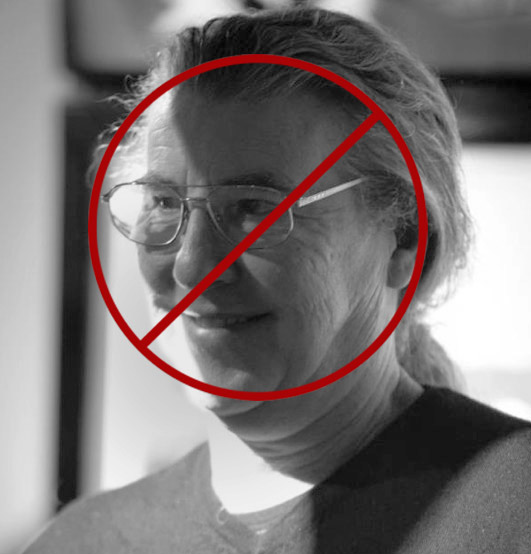
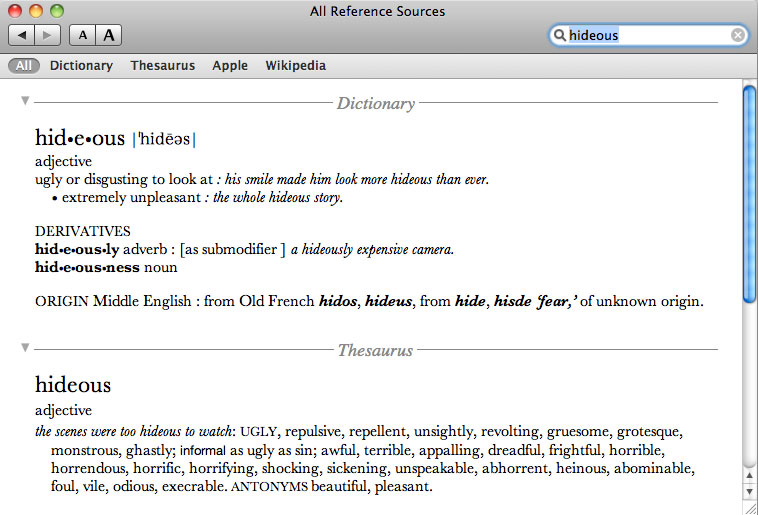
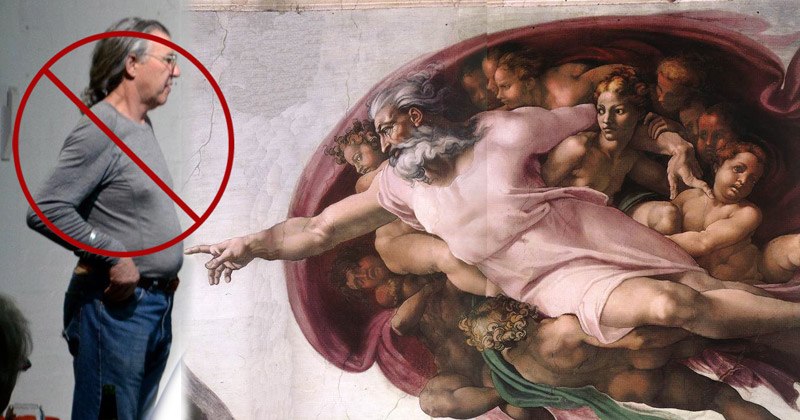 Robert
Cripps, far left, close to perfection? Is suing
because our opinion of him does not match his personal
delusion. Surely I don't have to define delusion too??
Robert
Cripps, far left, close to perfection? Is suing
because our opinion of him does not match his personal
delusion. Surely I don't have to define delusion too??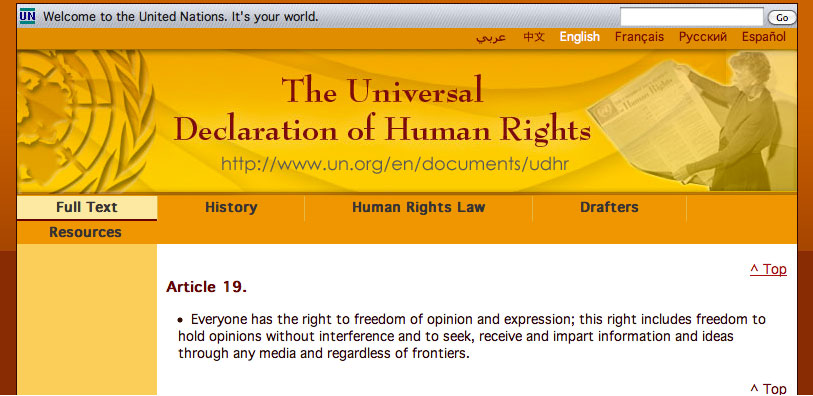
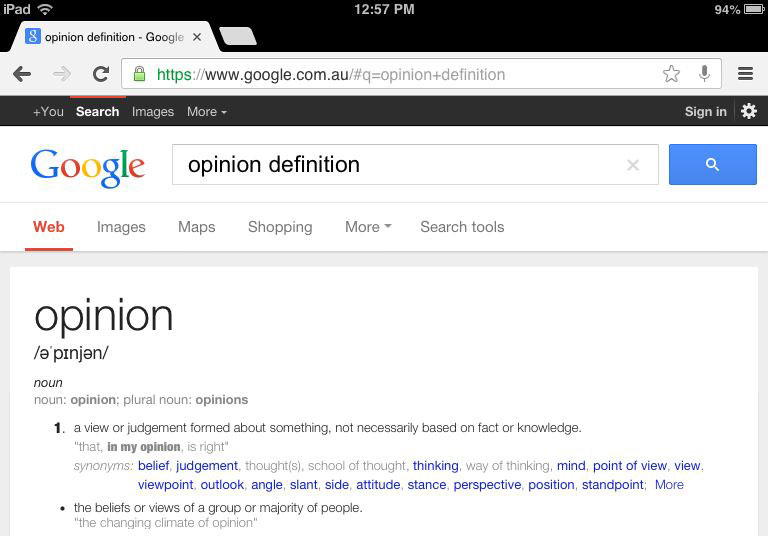
 Left,
Michael McHugh, former judge of Australia's High
Court, the defence of truth is an admission to
defamation. Image from www.smh.com.au. There is
no shame or embarrassment in Australia's legal
fraternity. Why should they be embarrassed? They can
sue those who can embarrass them with "contempt".
Left,
Michael McHugh, former judge of Australia's High
Court, the defence of truth is an admission to
defamation. Image from www.smh.com.au. There is
no shame or embarrassment in Australia's legal
fraternity. Why should they be embarrassed? They can
sue those who can embarrass them with "contempt".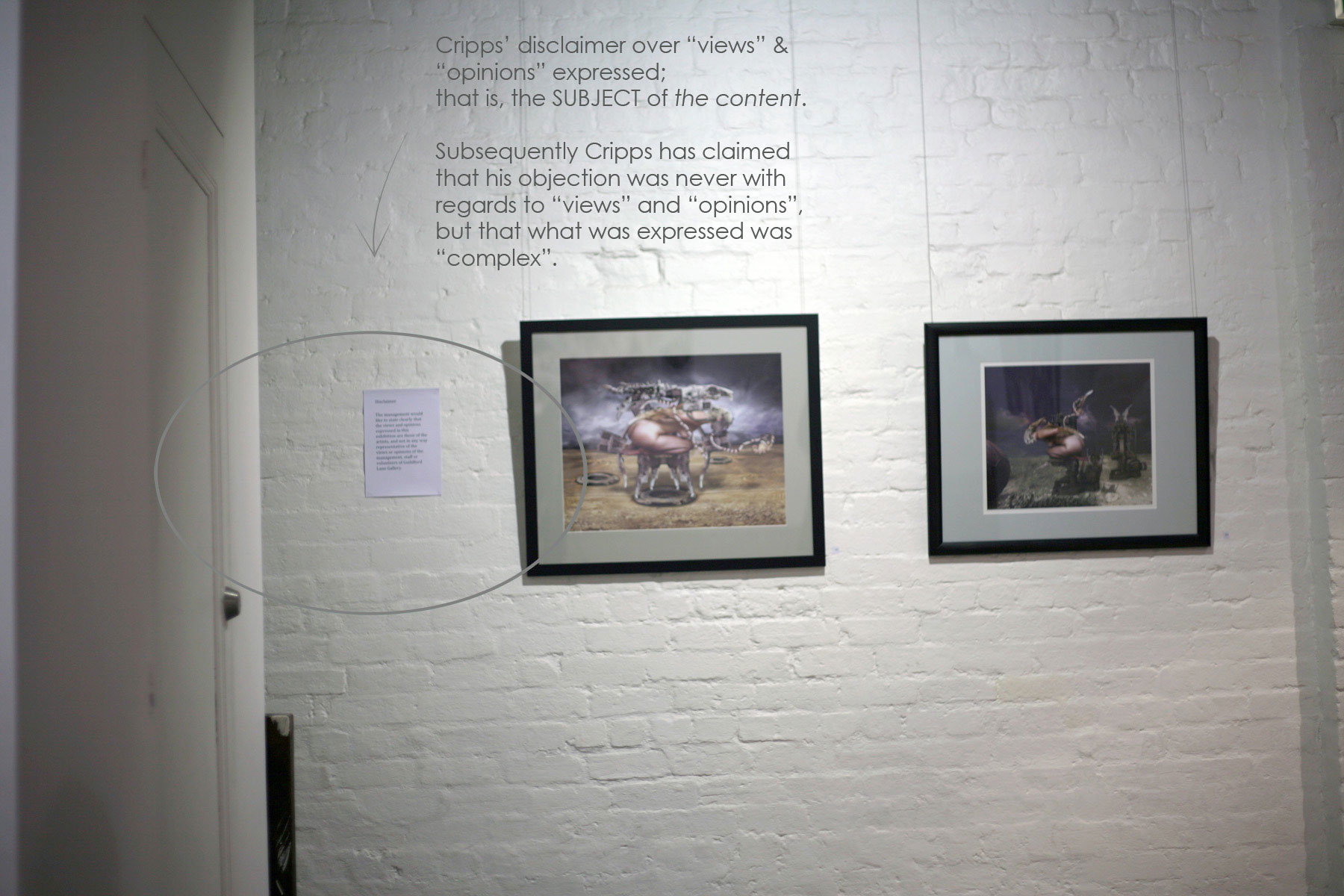
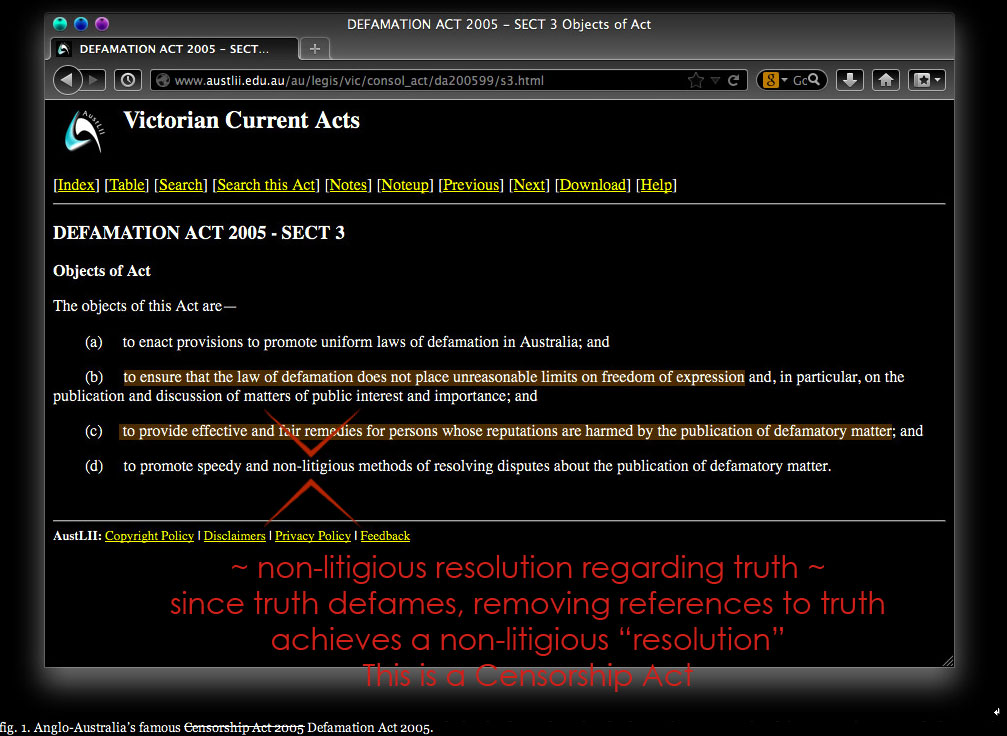
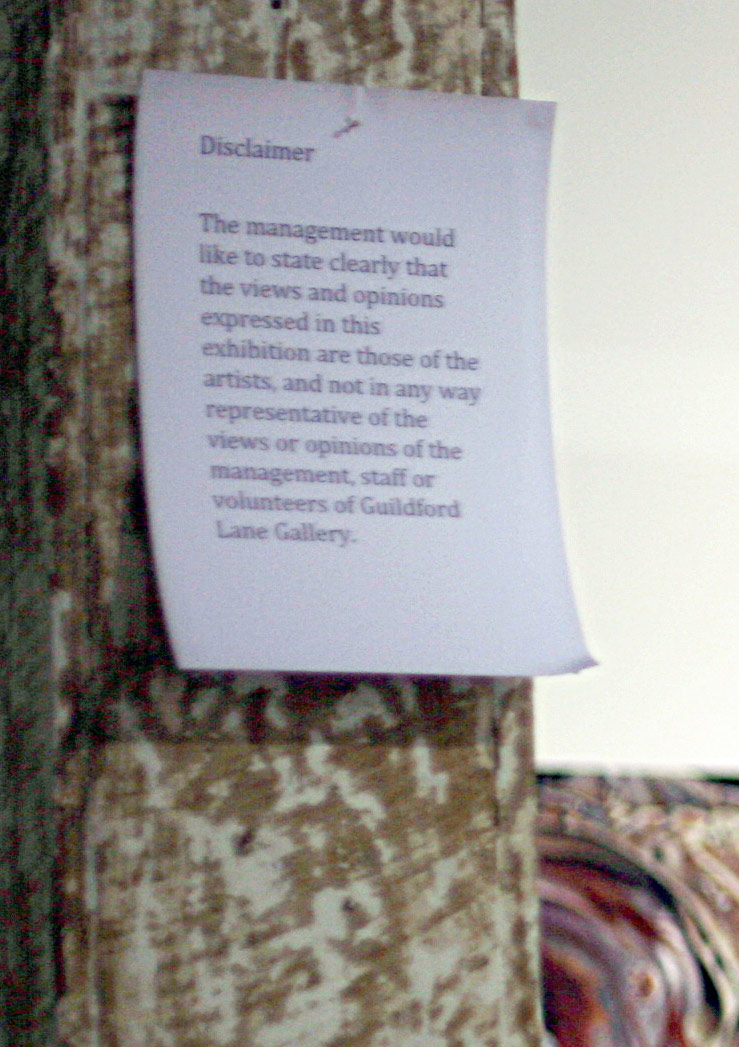 fig.
0.a. Cripps' disclaimer of liability, left. That he
claims it was necessary because he might incur
liability over complexity simply makes him look more
idiotic.
fig.
0.a. Cripps' disclaimer of liability, left. That he
claims it was necessary because he might incur
liability over complexity simply makes him look more
idiotic.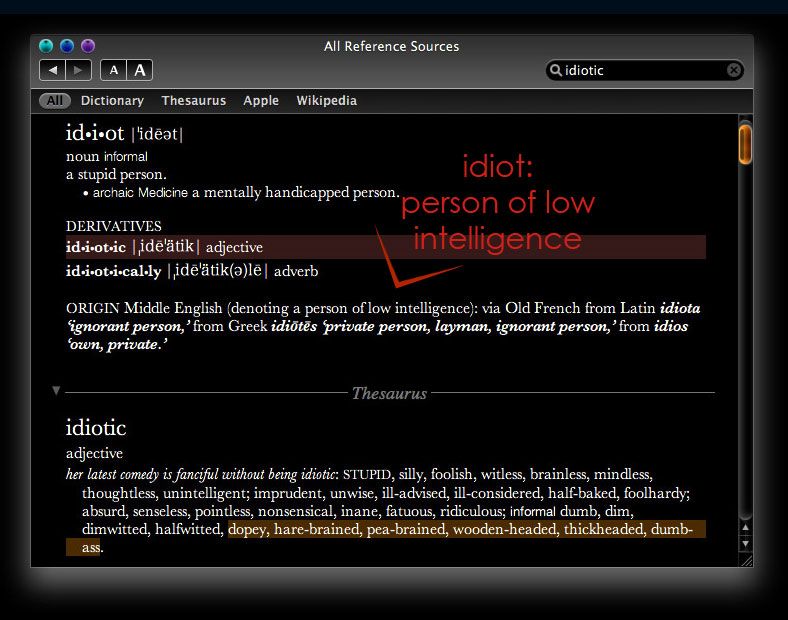
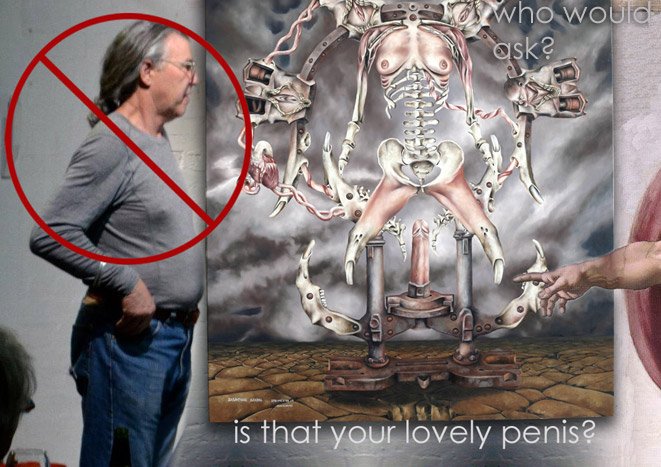
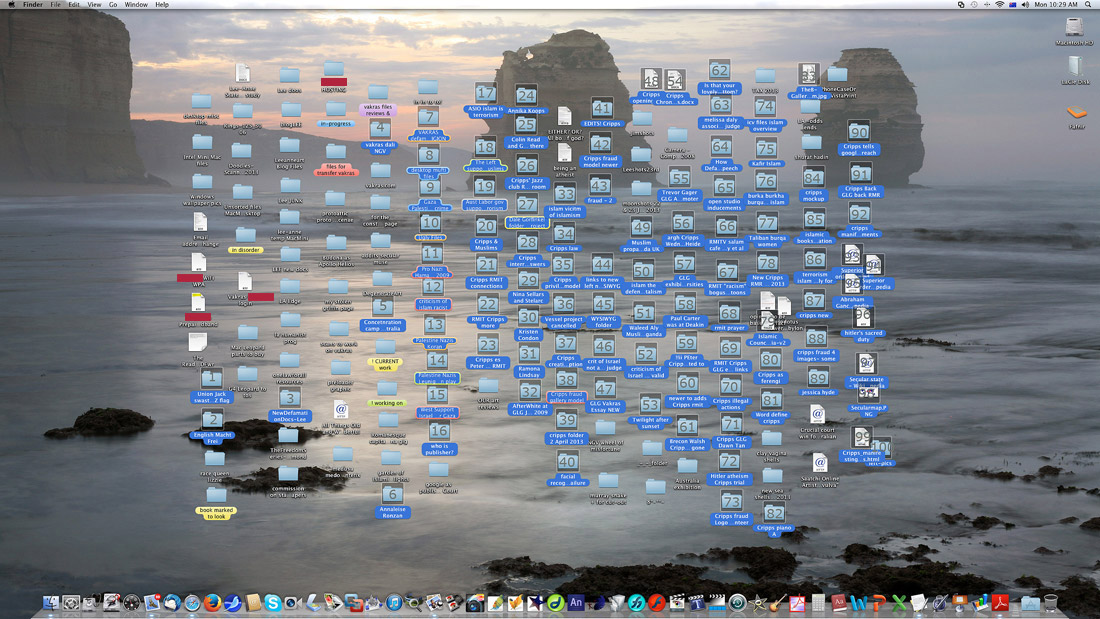
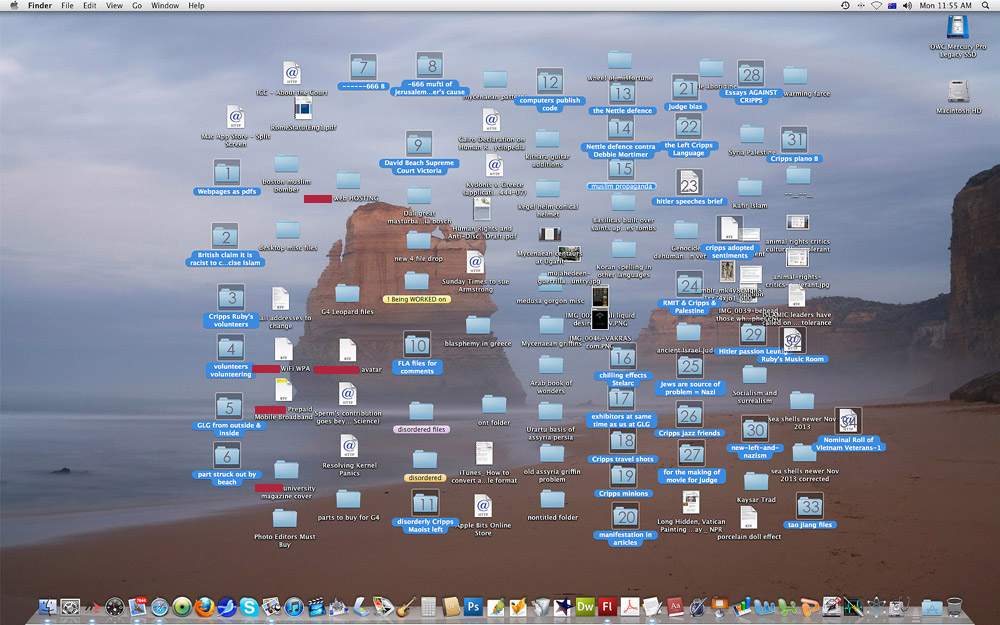

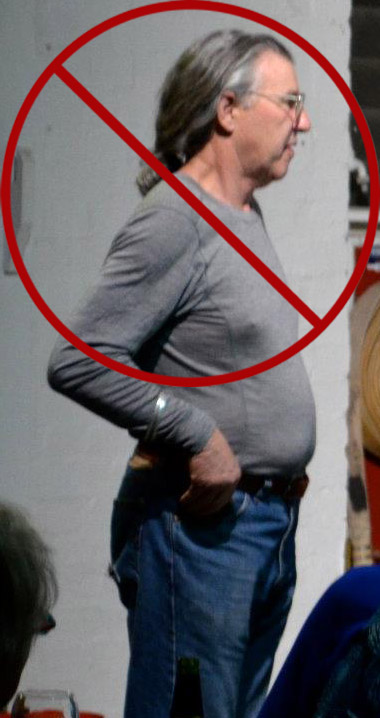 Robert
Cripps, left, who ran the failed GLG, realised and
accepted he was racist to hate Jews
("self-confessed racist" means just that). He
preferred to call me "racist" in my critique of
Islamic doctrine (the Koran) because he preferred
to blame "the Jews and their state in Palestine"
for a conflict that was not mentioned in my
criticism of religions. Supporters of the
"Palestinian cause" call "racist" any critic of
Islam - as they did recently in Melbourne,
Australia, when they organised pro-"Palestine"
protests against a critic of Islamic doctrine.
Robert
Cripps, left, who ran the failed GLG, realised and
accepted he was racist to hate Jews
("self-confessed racist" means just that). He
preferred to call me "racist" in my critique of
Islamic doctrine (the Koran) because he preferred
to blame "the Jews and their state in Palestine"
for a conflict that was not mentioned in my
criticism of religions. Supporters of the
"Palestinian cause" call "racist" any critic of
Islam - as they did recently in Melbourne,
Australia, when they organised pro-"Palestine"
protests against a critic of Islamic doctrine.